Canon Launches Two Flagship Cameras at Once, Seeking to Boost Its Position in the High-End Market Ahead of the Paris Olympics?
![]() 07/19 2024
07/19 2024
![]() 568
568
On July 17th, Canon, one of the big three camera manufacturers, finally unveiled two flagship cameras – the EOS R5 Mark II and EOS R1.
Let's start with the prices. The official retail price of the Canon EOS R1 is 42,999 yuan, while the Canon EOS R5 Mark II is priced at 26,999 yuan. The pricing of both new models aligns with their respective series' positioning. The former is set to be officially released in the fourth quarter of this year, while the latter will be available in August. Canon fans with ample budgets can already start preparing to place their orders.
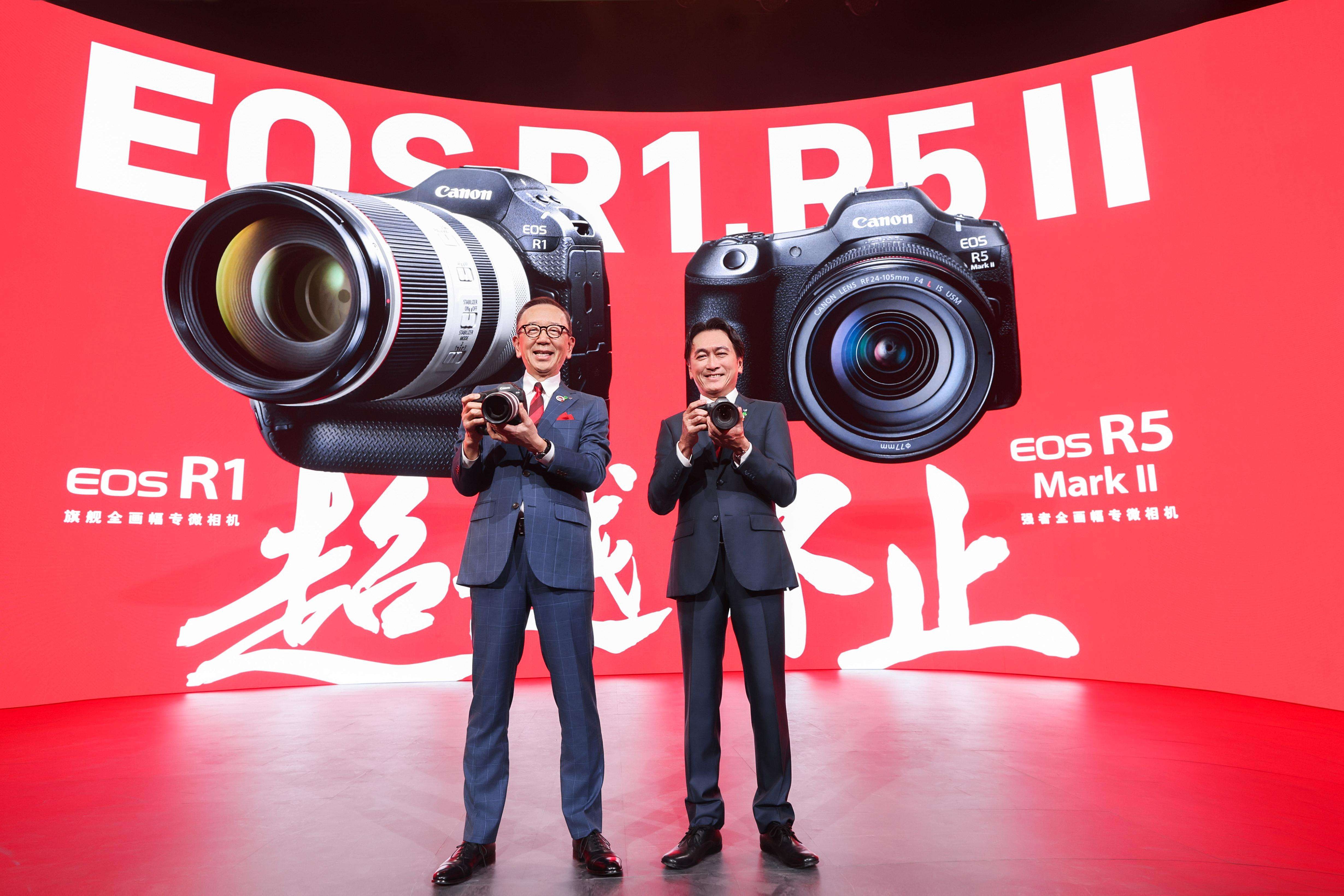
(Image source: Canon official)
Considering that the R5 series and R1 series have not been updated for years, many Canon users have been eagerly awaiting these new products. So, can the R5 Mark ii (hereinafter referred to as R5ii) and the new R1 help Canon solidify its position in the high-end camera market in the coming years?
EOS R5 Mark II: A More Powerful All-Rounder?
As an iteration of the R5 series, the Canon R5ii features a newly developed 45-megapixel back-illuminated stacked CMOS sensor, with a sensitivity range up to ISO 51,200 (expandable to ISO 102,400). It can achieve a high-speed continuous shooting rate of approximately 30 frames per second with low rolling shutter distortion.
Regarding the issue of shutter distortion, it's worth highlighting that traditional electronic shutters tend to produce a jelly effect when capturing high-speed subjects, resulting in distorted images. The R5ii, however, has significantly upgraded its electronic shutter, reducing distortion by approximately 60% compared to its predecessor. Coupled with AI's deep learning capabilities, it continuously improves the accuracy of subject recognition.

(Image source: @Canon8K)
Some readers may wonder, isn't a mirrorless camera's CMOS sensor basically either stacked or back-illuminated? How come Canon calls theirs a back-illuminated stacked CMOS? In fact, Canon's R3, released in 2021, already used a back-illuminated stacked CMOS, capable of balancing high-speed continuous shooting with high image quality. The only drawback is the high cost, making it Canon's first time bringing this high-end technology from the R3 series down to the R5 series, demonstrating Canon's emphasis on the R5ii.
The new CMOS, of course, needs to be paired with a new processor to maximize its potential. The Canon R5ii is equipped with a new DIGIC Accelerator processing unit and DIGIC X digital image processor (also known as the Accelerated Capture system by Canon). This combination not only accelerates the camera's write and export speeds but also supports a more advanced image stabilization system architecture.

(Image source: @Canon8K)
Canon claims that the 5-axis in-body image stabilization function on the R5ii has undergone significant improvements. Regardless of whether the lens being used has image stabilization capabilities, the camera body itself can achieve 5-axis stabilization. When used with a lens equipped with image stabilization, it can achieve up to 8.5 stops of shake correction at the center of the frame, significantly reducing blur caused by camera shake. This is an indispensable feature for users who frequently shoot videos handheld.
The third major upgrade lies in its video recording specifications. Unlike Sony and Nikon, Canon's models prioritize balance, not specializing in high-resolution or professional video cameras like Sony. The R5ii supports full-frame uncropped 8K 60P RAW videos and 4K 60P SRAW videos, with newly added recording modes such as 4K DCI SRAW/2K-D Fine/2K-D/FHD Fine.
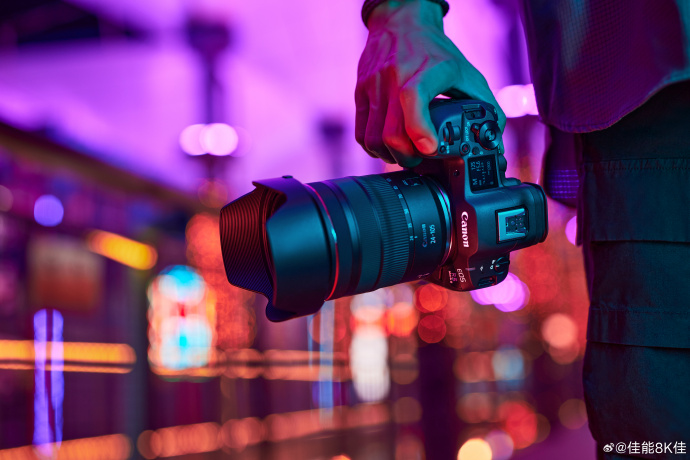
(Image source: @Canon8K)
In terms of bitrate, the R5ii supports up to 2600 Mbps, an impressive figure. As long as the memory card's write speed is not lower than 400 MB/s, the Canon R5ii can continuously record 8K RAW videos. However, these memory cards are not cheap and may not be affordable for everyone.
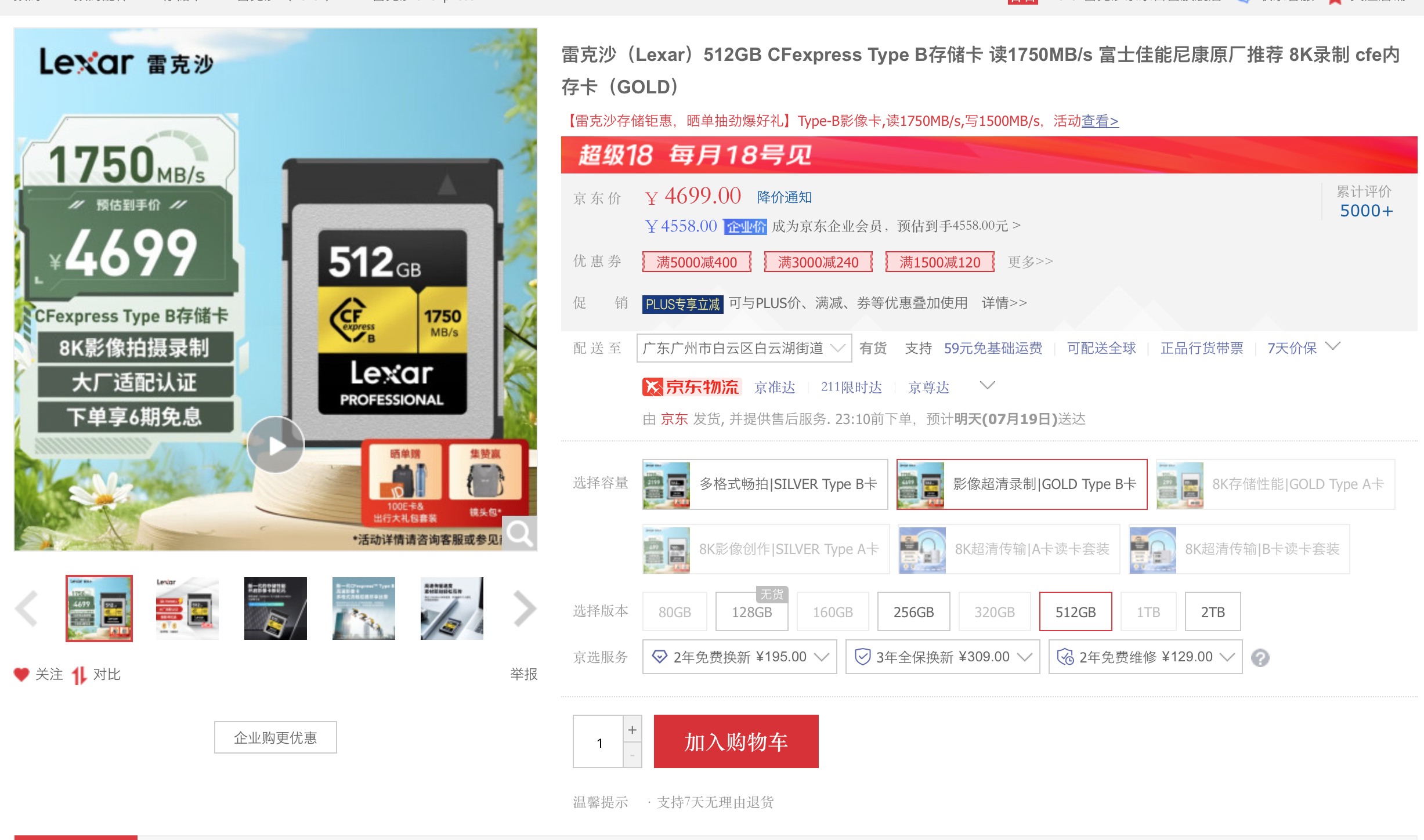
(Image source: Lexar official flagship store on JD.com)
The EOS R5 Mark II is also Canon's first EOS camera to support Cinema EOS camera custom image settings (Custom Picture). It comes with built-in Canon Log 3 and Canon Log 2, a boon for users who are not proficient in video color grading. Additionally, it supports HLG and HDR PQ standards, catering to those who enjoy shooting HDR content. For more advanced features like greater color sampling freedom, bit depth, and encoders, interested professional users can visit Canon's official website for further details.
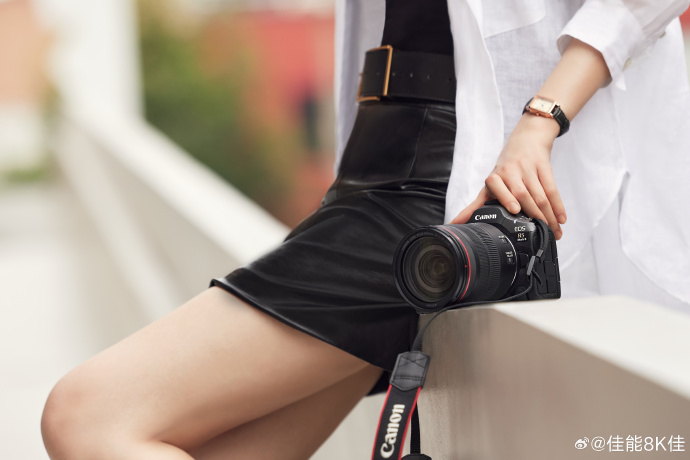
(Image source: @Canon8K)
To address the issue of overheating during video recording, the EOS R5 Mark II incorporates graphite sheets and aluminum plates into its body's thermal design, further enhanced by the official cooling fan grip, which significantly improves the camera's heat dissipation and battery life.
For those overwhelmed by the technical jargon, put simply, Canon has packed almost all of its new technologies and flagship features into the R5ii, which, at a price of 26,999 yuan, can compete head-on with Nikon's Z8 and Sony's α9 II. For professional photographers and photography studios, it offers exceptional value for money and is undoubtedly a must-have product.
EOS R1: Canon's True Flagship!
Having covered the R5ii, let's move on to Canon's true flagship, the R1. As the highest-end product line, the R1 is naturally equipped with a newly developed 24-megapixel full-frame back-illuminated stacked CMOS sensor, DIGIC X digital image processor, and new DIGIC Accelerator processing unit.
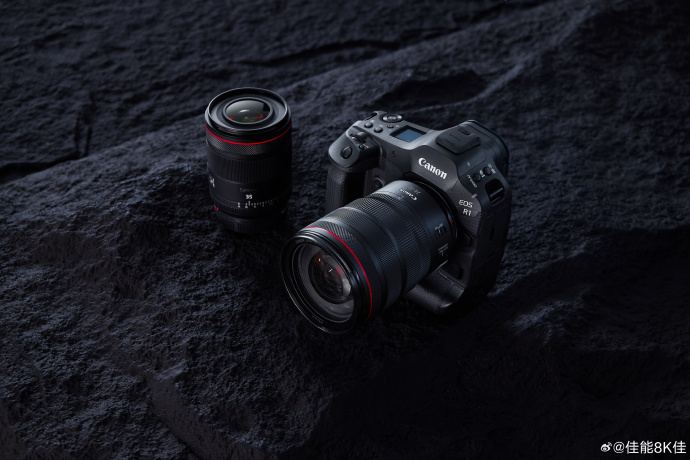
(Image source: @Canon8K)
Some camera novices may wonder why the R1, despite its higher positioning, has a lower pixel count (24 million pixels) compared to the R5ii's 45 million pixels. The reason lies in the R1's unique application area – sports photography. When shooting a 100-meter race, for example, the camera needs to continuously capture high-speed images for up to ten seconds. High-resolution cameras tend to generate massive amounts of data during continuous shooting, leading to overheating and a significant drop in shooting speed, ultimately resulting in missed shots.
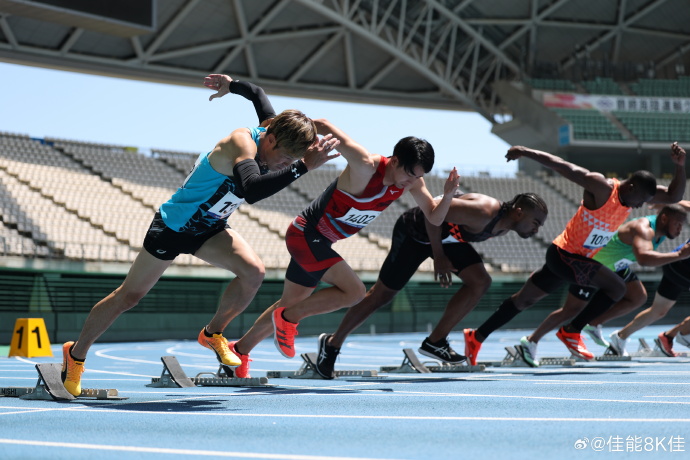
(Image source: @Canon8K)
A pixel count of around 24 million allows for high-speed continuous shooting without sacrificing speed. While it's technically feasible to create a camera with both high resolution and fast continuous shooting, doing so would be prohibitively expensive and offer limited market profitability. Therefore, using a lower-resolution sensor to achieve high shooting speeds is a more practical solution.
As such, the R1 supports various focusing methods, including cross-type focusing, full-pixel phase detection, and accelerated capture, enhanced by deep learning technology to improve focusing tracking performance. It is one of the strongest autofocus mirrorless cameras currently available on the market.
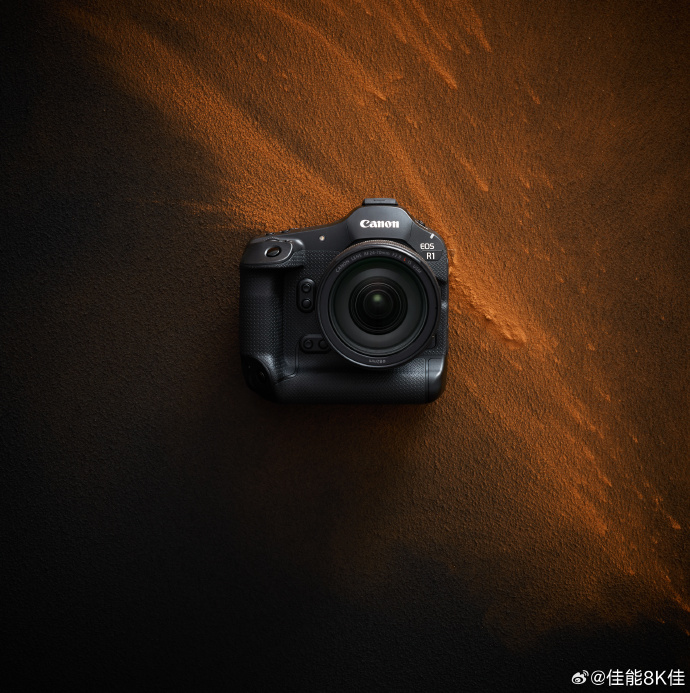
(Image source: @Canon8K)
Furthermore, the R1 supports a 60fps OLED viewfinder with a 100% field of view, approximately 0.9x magnification, 6GHz Wi-Fi, and 2.5Base-T wired network connectivity.
One aspect that puzzles me slightly is that the R1 does not adopt the global shutter technology found in Sony cameras, thus still susceptible to the jelly effect. Nor does it possess both high resolution and high-speed continuous shooting capabilities like Nikon's Z9. With a starting price of 42,999 yuan, the R1 is indeed more expensive than the α9 II and Z9. However, its actual performance will only become apparent after its launch in the fourth quarter of this year.
Canon Makes a Comeback in the Professional Sphere
As an avid photography enthusiast, I must admit that Canon's voice has been notably quieter than Nikon and Sony in recent years. While Nikon and Sony have been introducing various top-tier flagship cameras and professional lenses, Canon has been focusing on entry-level models like the R8 and R50. While most consumers may not have access to such professional equipment, professional photographers have noticed Canon's apparent lag in the high-end market.
Fortunately, Canon has finally recognized this issue and unveiled the R5ii and R1, two professional models that are poised to play a significant role in the upcoming Olympic year. In particular, the R1's performance in sports photography will be a crucial weapon for Canon's return to the high-end market.
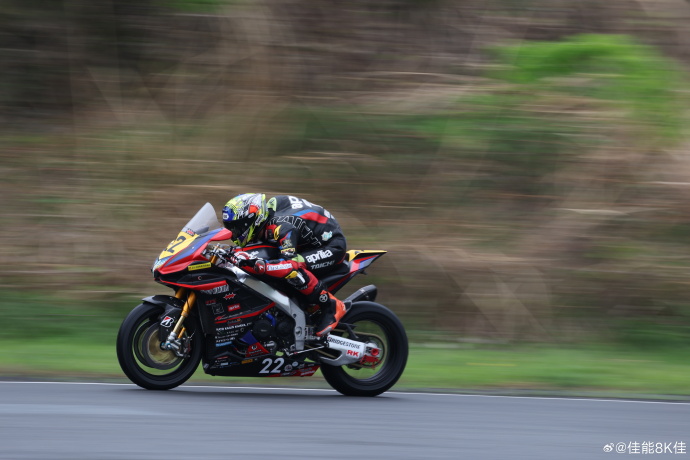
(Image source: @Canon8K)
For Canon, these two flagship products represent not only technological breakthroughs but also significant adjustments to its market strategy. In the past few years, Canon's performance in the high-end market has been relatively lackluster. However, the release of the R5 ii and R1 marks Canon's efforts to regain its position in the high-end camera market. Facing changes in the market landscape, Canon must continue to innovate while flexibly responding to market demands to remain competitive.
In summary, with the R5ii and R1, Canon has once again demonstrated its robust strength and innovative capabilities in camera manufacturing. In the future, we look forward to seeing more exciting products and technologies from Canon, continuing to lead the trend in the camera market and satisfying the diverse needs of photography enthusiasts and professional users. As the Olympic year approaches, we eagerly await to see if Canon can reclaim its dominant position in the high-end market with these two new models.
Source: Leitech








